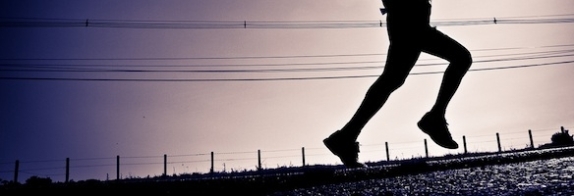Not long ago, the most sophisticated way to measure sport performance for common people (not professionals) was a chronometer. Sport lovers now have a great opportunity to measure their workouts thanks to smartphone’s implantation. These devices through different Apps are able to monitor dozens of parameters.
GPS geolocalization is probably the most simple example and also the one which has brought the greatest advantages. Anyone can measure the speed and the routes of a training day. Uphill and downhill routes and rhythm changes can be checked on the mobile or with other devices in order to analyze the workout. A smart phone is not always necessary as there are many other devices which offer these possibilities, including the evolution of the chronometer: the smart watch.
You can achieve an all-rounded evaluation of your sport activity when these devices are combined with others that measure your physical performance. BodyMedia is an example of the connectivity at the service of sport. Their device can measure parameters such as the pulse, sweat or the temperature of the skin that are transmitted through blue tooth.
BodyMedia measures all these parameters thanks to a bracelet. But this is not the only way. Nike has launched shoes that provide athletes with information such as vertical leap, quickness (“hustle”) and how many times they jumped during a game or workout.
However, the smartphone continues to be main technology which measures amateurs’ physical efforts. According to Consumer Insights, 10 percent of US Cellular customers use a mobile phone or tablet for health or fitness on a regular basis.
Beyond performance analysis, other M2M solution for sport are becoming more and more usual. Some of them are very useful in improving the safety in more violent sports. The Checklight, developed by Reebok and MC10 is a beanie which can be worn either by itself or under a helmet that uses sensors to monitor head trauma and provide real-time data. The device comes with a light, which provides visual cues. A green light indicates that the device is active, but no trauma has been sustained. A yellow light indicates a moderate, though not necessarily hazardous impact. A red light indicates a severe impact.

没有评论:
发表评论